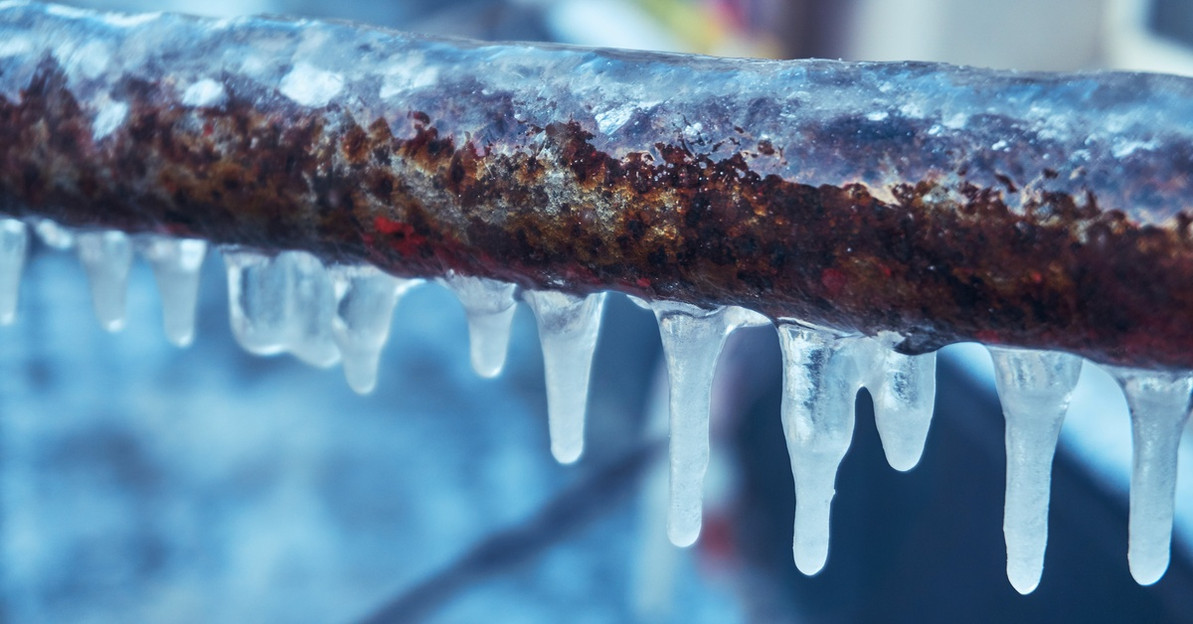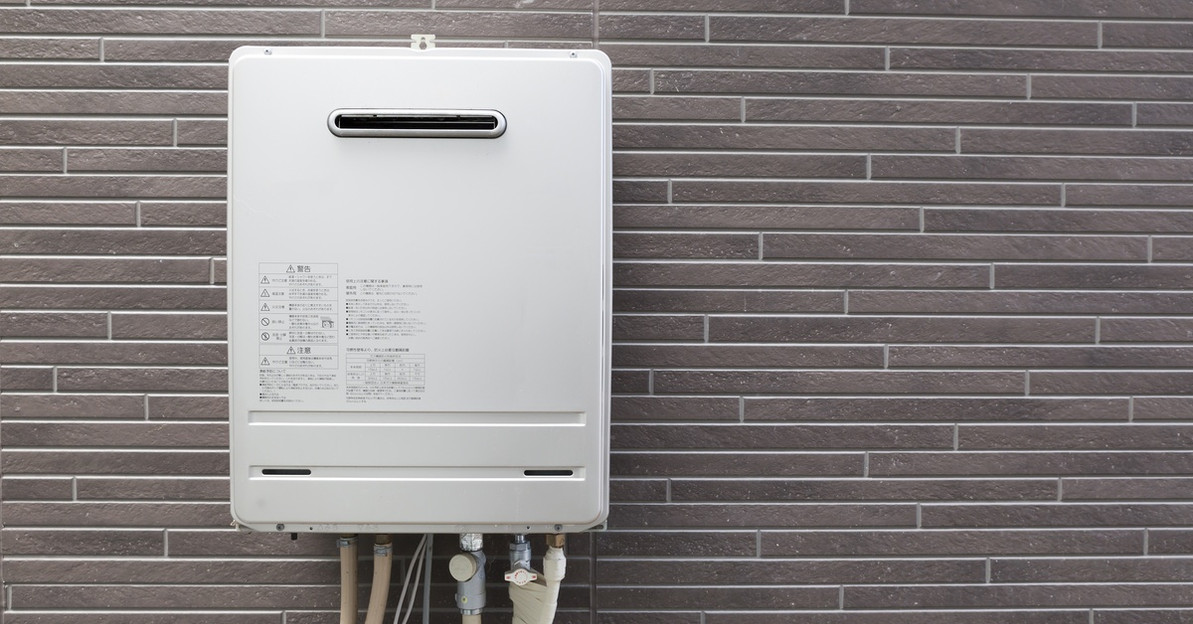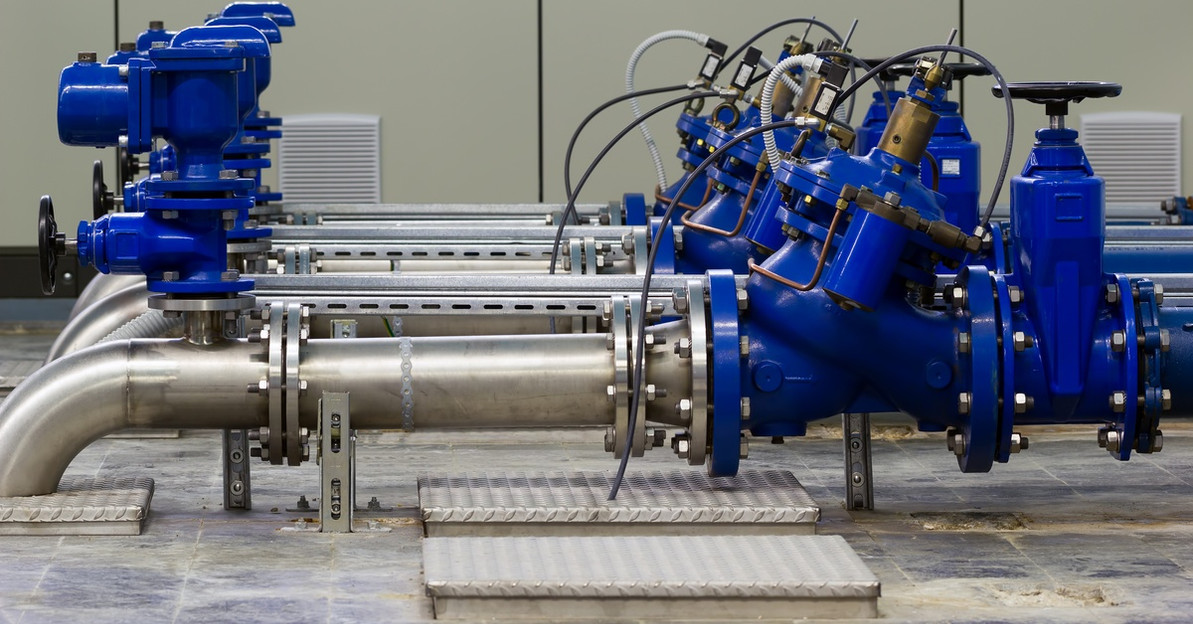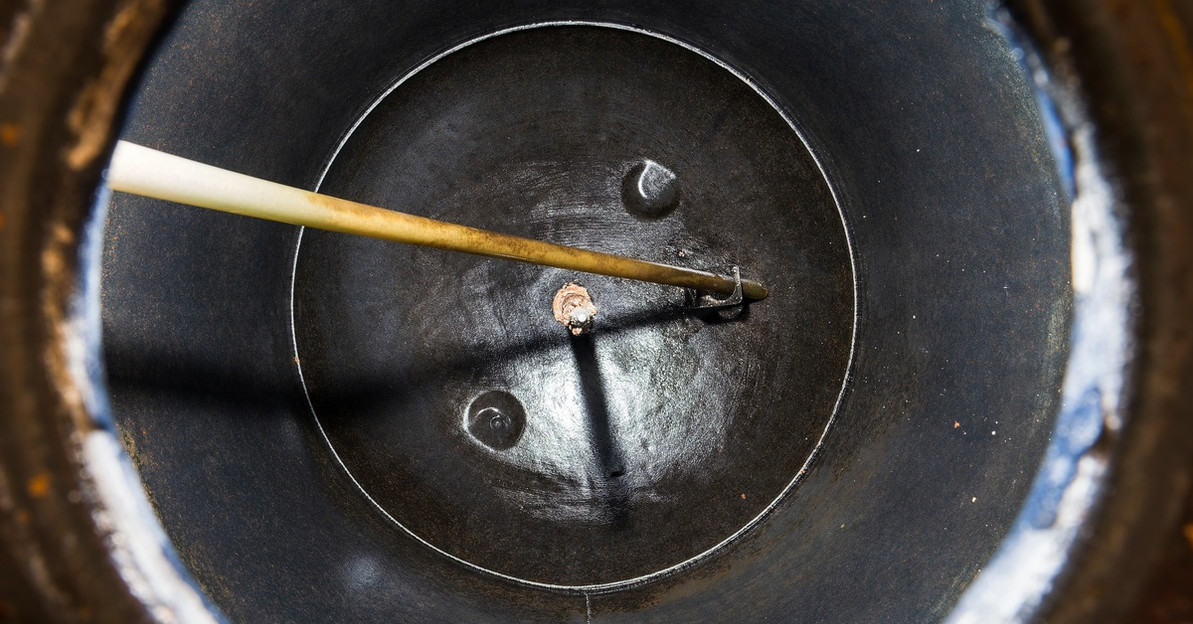How To Prevent Frozen Pipes Throughout Winter
Winter brings unique challenges for property management companies, maintenance crews, and plumbing contractors. Frozen pipes create costly emergencies that can damage buildings and disrupt operations. Professional teams need reliable strategies to prevent frozen pipes throughout winter and protect their properties from expensive repairs.
Cold temperatures cause water inside pipes to expand, creating pressure that can burst even the strongest materials. This expansion happens when temperatures drop below 32°F for extended periods. Understanding these risks helps professional teams implement effective winter plumbing maintenance protocols.
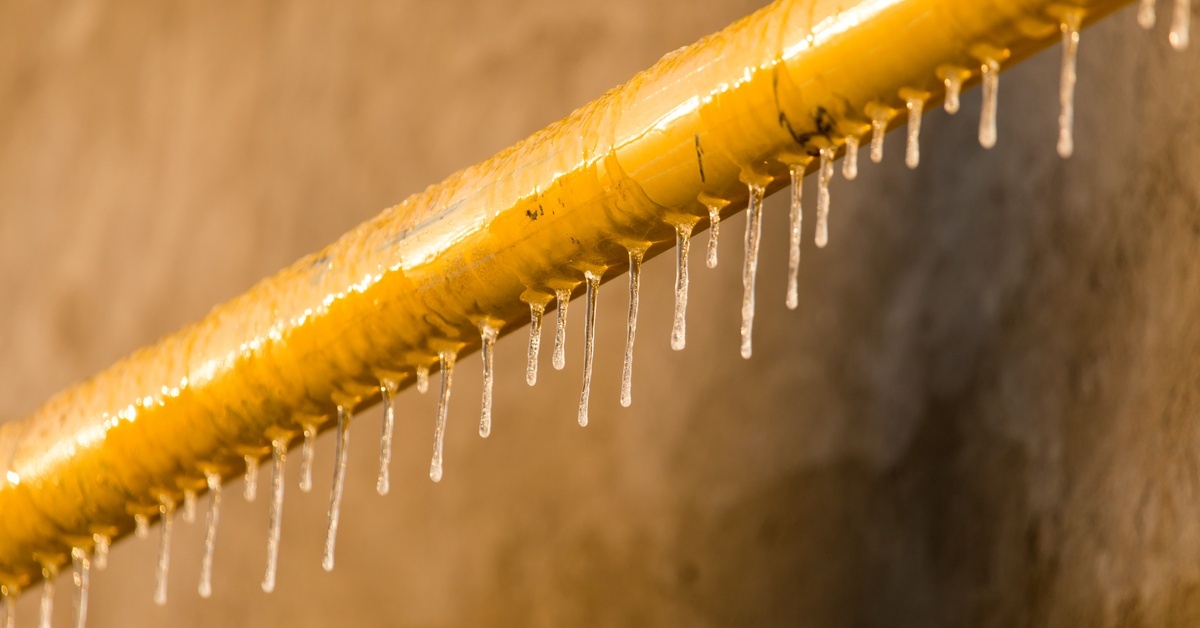
Insulate Exposed Pipes in Vulnerable Areas
Proper pipe insulation forms your first line of defense against freezing temperatures. Focus on areas where pipes face direct exposure to cold air. Unheated spaces like basements, crawl spaces, and attics require immediate attention.
These locations typically lack adequate heating, making pipes vulnerable to temperature drops. Install foam pipe sleeves or fiberglass wrap around all exposed water lines in these areas.
Quick Installation Tips:
- Cut foam sleeves to fit pipe lengths exactly
- Seal joints with duct tape to eliminate gaps
- Use thicker insulation for pipes near exterior walls
- Apply weatherstrip tape over seams for extra protection
Exterior walls often contain pipes that are exposed to extreme temperatures. Pay special attention to bathroom and kitchen plumbing near outside walls. These pipes need additional insulation layers because they experience greater temperature fluctuations than interior lines.
Garages present another high-risk area for pipe freezing. Many garages lack heating systems, and pipes running through them are exposed to direct cold. Wrap all water lines with appropriate insulation materials, especially those feeding outdoor spigots or utility sinks.
Seal Air Leaks Around Pipe Entry Points
Cold air infiltration can accelerate pipe freezing more than many professionals realize. Small gaps around where pipes enter buildings—through foundations, walls, or floors—allow cold air to circulate directly around water lines. These penetrations are often left unsealed by previous contractors. To prevent cold air from entering, apply caulk or expanding foam sealant around pipe openings.
Window and door frames near plumbing lines should have their weatherstripping replaced or repaired. Damaged seals can allow cold air to reach the pipes, leading to freezing even when the space is heated. To prevent this, replace worn weatherstripping and seal gaps around the frames with caulk.
Maintain Consistent Indoor Temperatures
Temperature control is essential for preventing frozen pipes. Maintenance teams should set heating protocols for all managed buildings. Ensure thermostats are set to at least 55°F, even when properties are vacant. This temperature helps prevent pipes from freezing while keeping energy costs reasonable. It is advisable to program thermostats to maintain stable temperatures and avoid large fluctuations.
During freezing weather, increase your thermostat settings by 5-10 degrees. This added heat helps offset the increased heat loss through the building's exterior and offers extra protection for vulnerable pipes.
Quick Tip: To improve air circulation, open interior doors between rooms—closed doors can trap cold air and increase the risk of pipes freezing. Also, remove any barriers that might block warm air from reaching plumbing areas.
Allow Faucet Dripping During Extreme Cold
Moving water resists freezing better than static water in pipes. This simple physics principle provides an effective emergency prevention method during severe cold weather.
Open cold-water faucets to maintain a slow, steady drip throughout properties during extreme-temperature warnings. Focus on faucets connected to pipes in vulnerable locations, such as exterior walls or unheated spaces.
Optimal Drip Technique:
- Maintain a pencil-thin water stream
- Use cold water taps rather than hot water lines
- Choose faucets at the highest elevations first
- Keep multiple taps dripping in large buildings
The slight water movement prevents ice crystals from forming in pipes. Even minimal flow creates enough motion to disrupt the freezing process during short-term temperature drops.
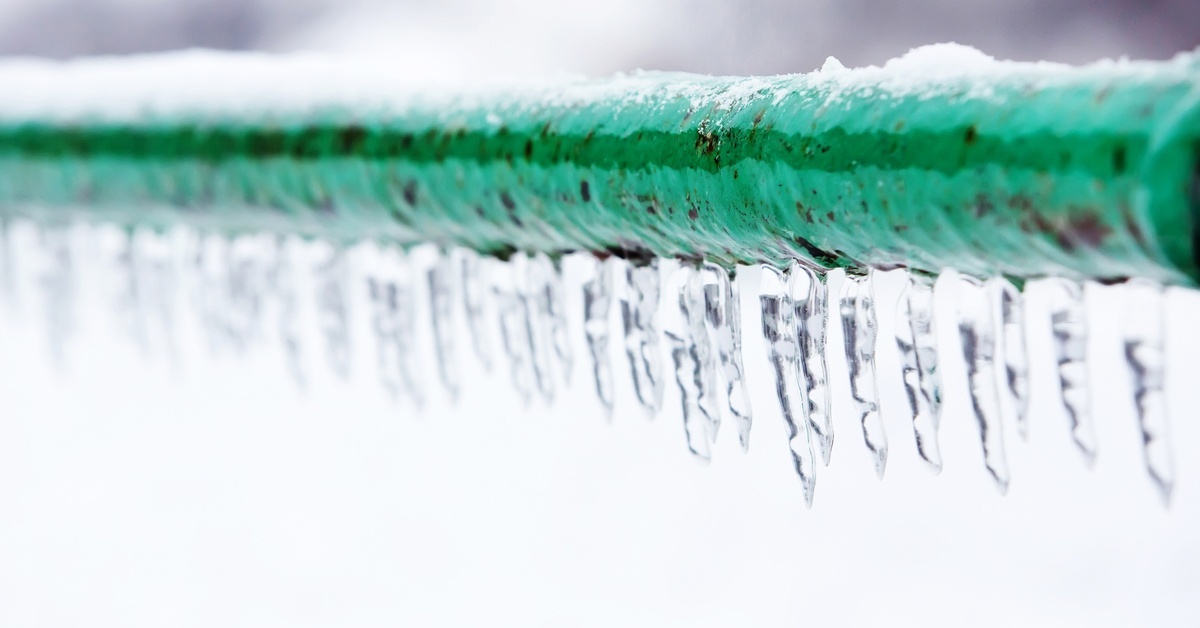
Protect Outdoor Plumbing Fixtures
To keep your outdoor plumbing protected during cold weather, it's important to take several precautions. Start by disconnecting garden hoses before winter, as water left inside can freeze and damage interior lines. Store hoses in heated areas to prevent freezing. Install insulated covers on outdoor faucets and hose bibs. These covers help trap warm air and shield fixtures from wind and rain, especially if you choose covers suited for your specific fixtures.
Whenever possible, turn off water valves to drain outdoor pipes and reduce the risk of freezing. For extra protection, you can also use pipe heat tape on vulnerable outdoor pipes, but be sure to follow the installation instructions carefully to prevent electrical hazards. These steps can help avoid costly damage and keep your plumbing safe during the winter.
Establish Emergency Response Procedures
Professional teams should have clear protocols in place for frozen-pipe emergencies to ensure a quick response and minimize damage. It's important to locate, label, and train staff on the main water shutoff valves for each property. Promptly shutting off the water can prevent extensive flooding.
Keep emergency contact information readily available for plumbing contractors who offer after-hours service, and establish relationships with reliable professionals before emergencies happen.
Stock essential supplies for temporary repairs, such as pipe repair clamps, emergency shut-off devices, and waterproof tape. These materials enable maintenance teams to implement temporary fixes while waiting for permanent repairs.
Also, document all freezing incidents to identify patterns and vulnerable areas. This information can help improve prevention strategies and guide future maintenance decisions.
Monitor Weather Forecasts and Respond Proactively
Weather awareness allows professional teams to implement additional protection measures before dangerous conditions develop. Proactive responses prevent more emergencies than reactive repairs.
Track local weather forecasts during winter months, focusing on extended cold periods rather than just daily temperatures. Sustained cold poses greater freezing risk than brief temperature drops.
Implement escalated prevention protocols when forecasts predict temperatures below 20°F for more than 24 hours. These conditions require additional protective measures beyond standard winter preparation.
Schedule property inspections during and immediately after severe cold weather events. Early detection of problems allows for quick intervention before minor issues become major failures.
Professional Winter Maintenance
Preventing frozen pipes requires a systematic approach that combines proper preparation, consistent monitoring, and quick response capabilities. Professional maintenance teams who implement these comprehensive strategies protect properties more effectively while reducing emergency repair costs.
The techniques outlined here help property managers, maintenance companies, and plumbing contractors prevent frozen pipes throughout winter through proven methods. For professional-grade supplies and equipment needed for winter pipe protection, explore our online plumbing supplies. We provide quality materials and proper tools that make the difference between effective prevention and costly emergency repairs. Stay ahead and keep your pipes in excellent condition.
Recent Posts
-
How Tankless Water Heaters Can Benefit Commercial Kitchens
A commercial kitchen operates at a fast pace and maintains very high performance standards. Every pi …Dec 3rd 2025 -
Noise Reduction Strategies for Urban Booster Pump Installs
In densely populated urban areas, every sound matters. The constant hum of traffic, construction, an …Dec 2nd 2025 -
How To Avoid Sediment Buildup in Commercial Water Heaters
Every commercial property, from a busy hotel to a bustling restaurant, relies on a steady supply of …Nov 18th 2025


